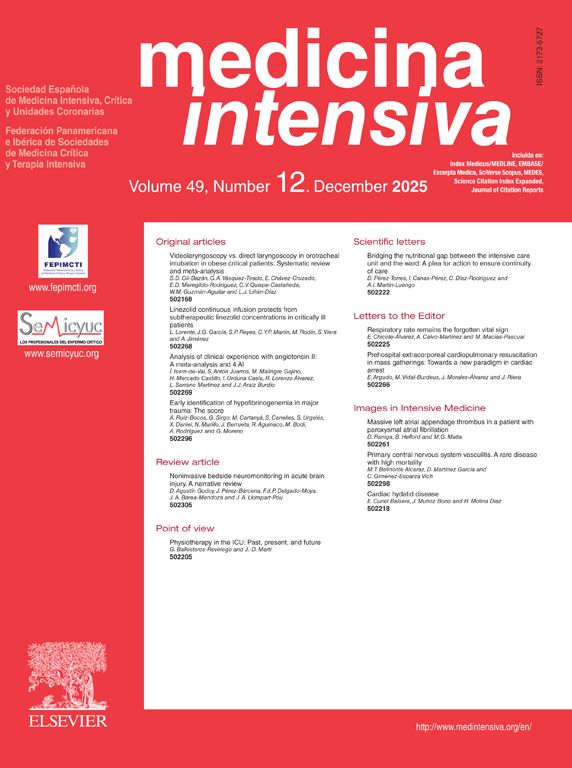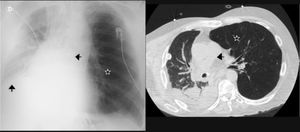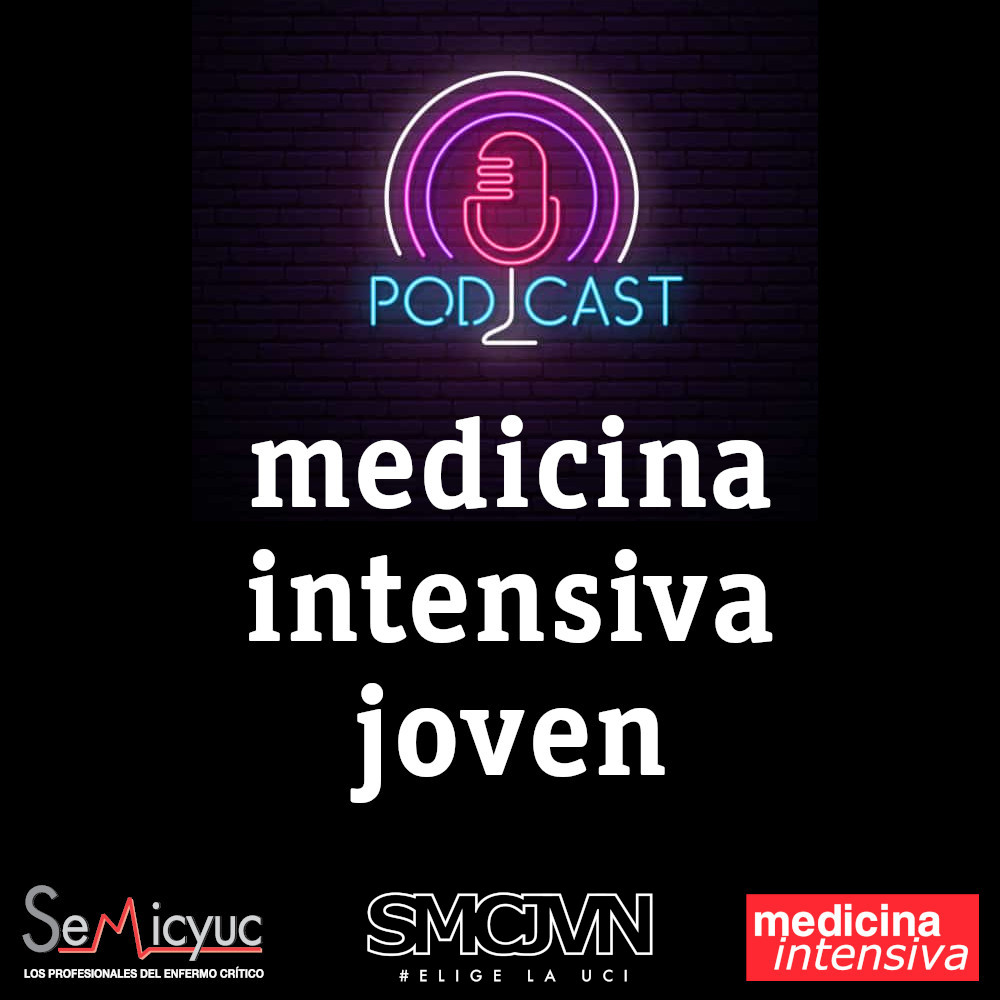Paciente de 59 años con EPOC tipo enfisema intervenido de coartación de aorta en la infancia y de recambio valvular aórtico por estenosis severa (anticoagulado con acenocumarol) que ingresa para trasplante bipulmonar. Debido al alto riesgo quirúrgico se opta por realizar trasplante unipulmonar y se inicia anticoagulación con heparina sódica a las 24 h. El séptimo día postrasplante presenta súbitamente disnea, taquicardia, palidez y salida de sangre fresca por el drenaje pleural. Se decide revisión urgente en quirófano, evacuando un hematoma de 300 cc sin objetivar punto de sangrado. La situación se complicó con hiperinsuflación del pulmón nativo (fig. 1, estrella) y parálisis frénica derecha (flecha ascendente), lo que propició el desplazamiento mediastínico (flecha hacia la izquierda). Tras la limpieza quirúrgica y fisioterapia la evolución fue favorable y pudo ser dado de alta.
The Impact Factor measures the average number of citations received in a particular year by papers published in the journal during the two preceding years.
© Clarivate Analytics, Journal Citation Reports 2025
SRJ is a prestige metric based on the idea that not all citations are the same. SJR uses a similar algorithm as the Google page rank; it provides a quantitative and qualitative measure of the journal's impact.
See moreSNIP measures contextual citation impact by wighting citations based on the total number of citations in a subject field.
See more





